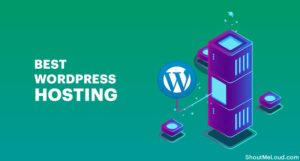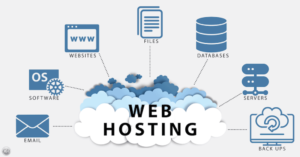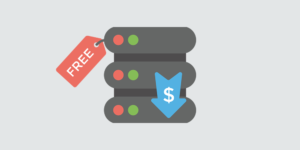
Cheap VPS Hosting: Unlock Budget-Friendly Performance Today
Are you looking for Cheap VPS Hosting? In this article, we will explore a fantastic

Are you looking for Cheap VPS Hosting? In this article, we will explore a fantastic

Review Are you looking for the best cloud server for your website? Look no further!

Finding the best WordPress hosting can be a game-changer for your website. You want

When it comes to creating a website, choosing the right Website Hosting Services is

Are you looking for Cheap Web Hosting services? If yes, you’re in the right

Finding the right web hosting for your small business is crucial. You want a

Are you looking for the best-dedicated server hosting? Look no further! This article will

Are you searching for the perfect hosting solution for your WordPress site? Look no further!

Dropshipping is a business model in which e-commerce entrepreneurs sell products without having to carry

In the world of web hosting, Virtual Private Servers (VPS) have emerged as a versatile

Introduction: In the ever-evolving digital landscape, establishing a strong online presence is essential for businesses

In today’s digital age, establishing an online presence is crucial for individuals and businesses alike.

In today’s digital landscape, websites serve as the face of businesses and individuals alike. From

In today’s digital age, having a reliable and efficient hosting service provider is essential for